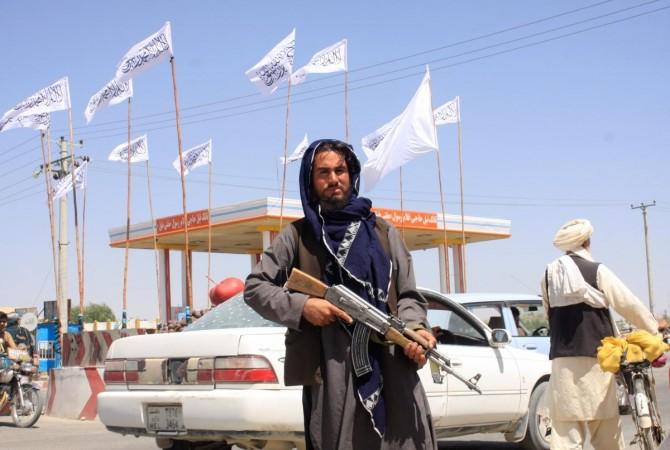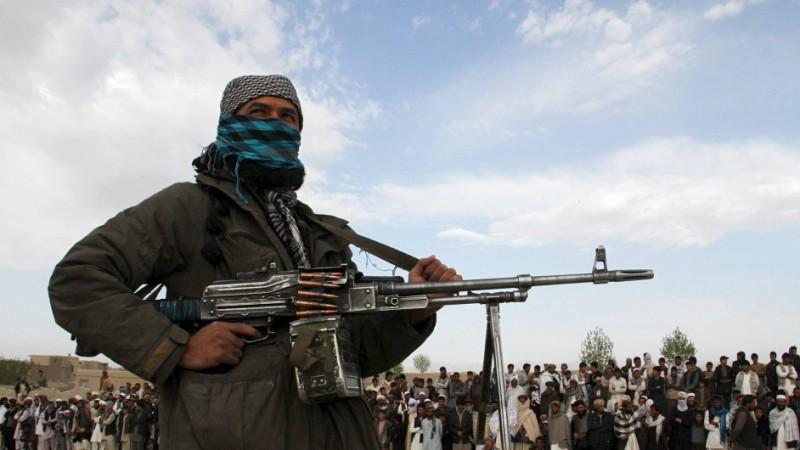The Afghan capital has fallen. The Islamist terrorist organization Taliban entered the capital city of Kabul on Saturday to claim the government in a "bloodless power transition." The sitting Afghan President is said to have fled the country along with his family, leaving behind a country on the brink. How does the Taliban after being almost routed by the United States of America after 2001 still managed to survive and later claim the lordship of the graveyard of empires? How have they been managing their finances? Let's find out.
Drugs
It is a well-known fact that Afghanistan supplies 84% of global opium. The United Nations World Drug Report 2020 has also highlighted this fact. The Taliban, which controls opium in areas under their control, receives a large portion of the illegal drug profits. As per a 2008 report from the Afghanistan Research and Evaluation Unit, an independent research organization in Kabul, the group imposes a 10% tax on every link in the drug production chain.

Mining
The Taliban's mining of iron ore, marble, copper, gold, zinc, and other metals and rare-earth minerals in mountainous Afghanistan is becoming increasingly profitable. Small-scale resource extraction operations and large Afghan mining companies both pay Taliban terrorists to keep their operations running. As per different estimates, the revenue the Taliban generates from this business ranges between $400 million per year to $464 million per year.
Extortion and Taxes
Taliban taxes a range of businesses which includes mining operations, media, telecommunications, and development projects funded by international aid. Furthermore, the terrorist group imposes a traditional Islamic form of taxation known as "ushr," which is a 10% tax on a farmer's harvest, as well as "zakat," a 2.5 percent wealth tax.

Charitable Donations
Private donors and international institutions from all over the world make covert financial contributions to the Taliban. Many Taliban donations come from charities and private trusts in the Persian Gulf region, which has historically supported the group's religious insurgency. According to the Afghanistan Center for Research and Policy Studies, these donations total between $150 and $200 million per year.

















